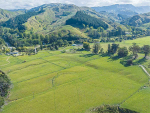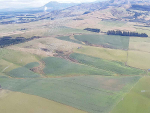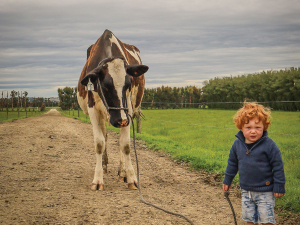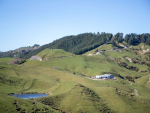Canterbury irrigators are being reminded to only turn their irrigators on when necessary as on-going wet and relatively cold temperatures in many parts of the region reduce the requirement for early season irrigation.
IrrigationNZ chief esecutive Andrew Curtis says overall he’s been excited by the number of irrigators that have ‘only just started up’ as it shows that more and more people must be recording rainfall, measuring soil moisture and paying attention to weather forecasts.
“However, there’s still a handful of irrigators going on days when its obvious water application isn’t required – we need to get everyone scheduling their irrigation well,” Curtis says.
“Farmers need to record the sporadic rainfall we’ve been experiencing and monitor their soil moisture levels closely. Keeping a check on any predicted rainfall is also key. Not irrigating until you need to reduces operational costs and increases profitability.”
Understanding your soil’s water holding capacity and plant water use is critical to irrigation scheduling. “During September plant water use averaged 2mm per day and during October this crept up to 3mm,” says Curtis. “As we’re still waiting for the nor’westers to kick in plant water use is quite low for the time of year.”
IrrigationNZ provides irrigators with resources to help them understand how to schedule irrigation. These include an understanding of soil water, climate measurements for irrigation, plant water use and how to use these to schedule your irrigation. The use of soil moisture monitoring technology is also promoted by IrrigationNZ.
“Irrigators are now much more accountable for their water use and we’ve seen an increased adoption in soil moisture monitoring to support this,” says Curtis.
“However, irrigation scheduling using soil moisture monitoring is not a simple task. Irrigators must choose the right equipment for their soil, land use activities and irrigation system type, and then locate and install the system correctly. Understanding their data is also important. If soil moisture monitoring is to be successful, each of these aspects has to be carefully worked through.”











